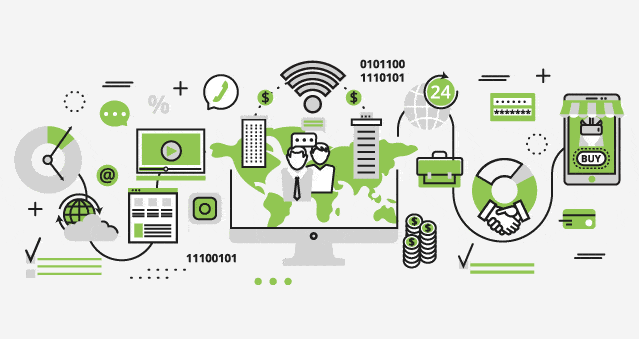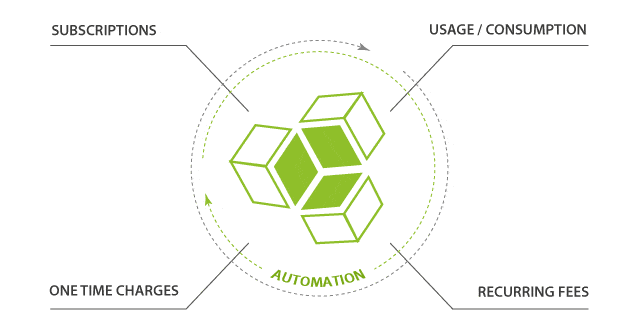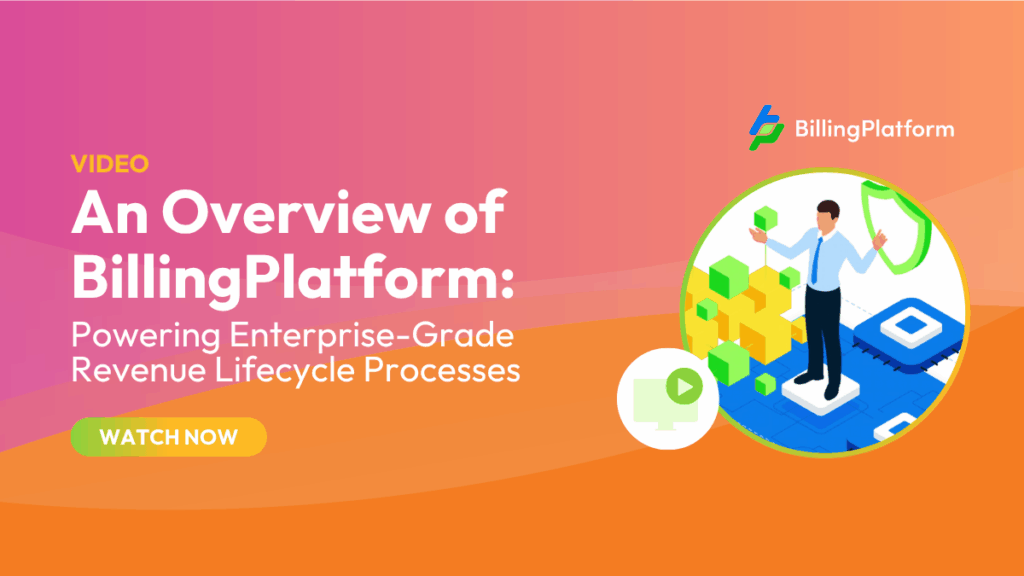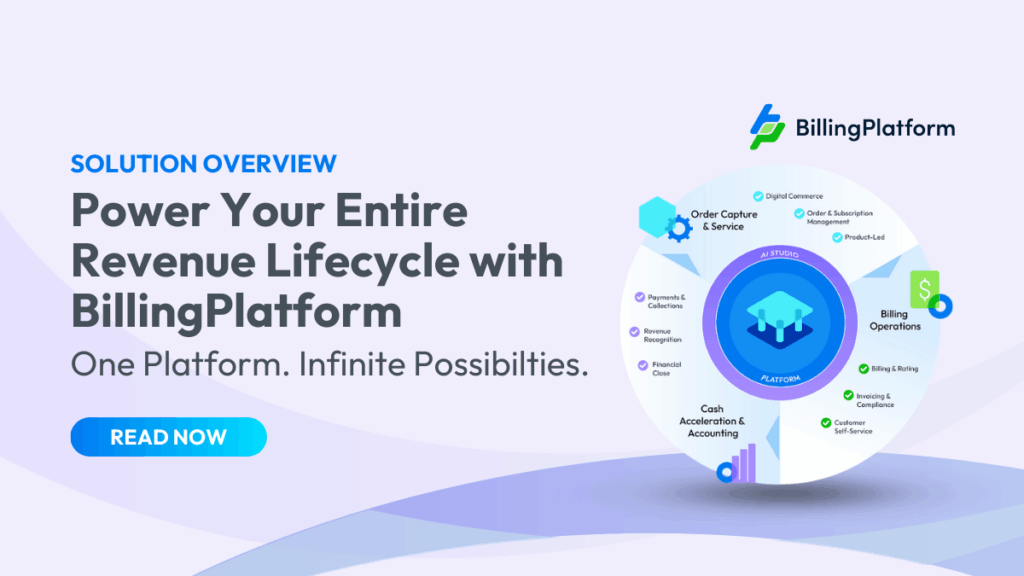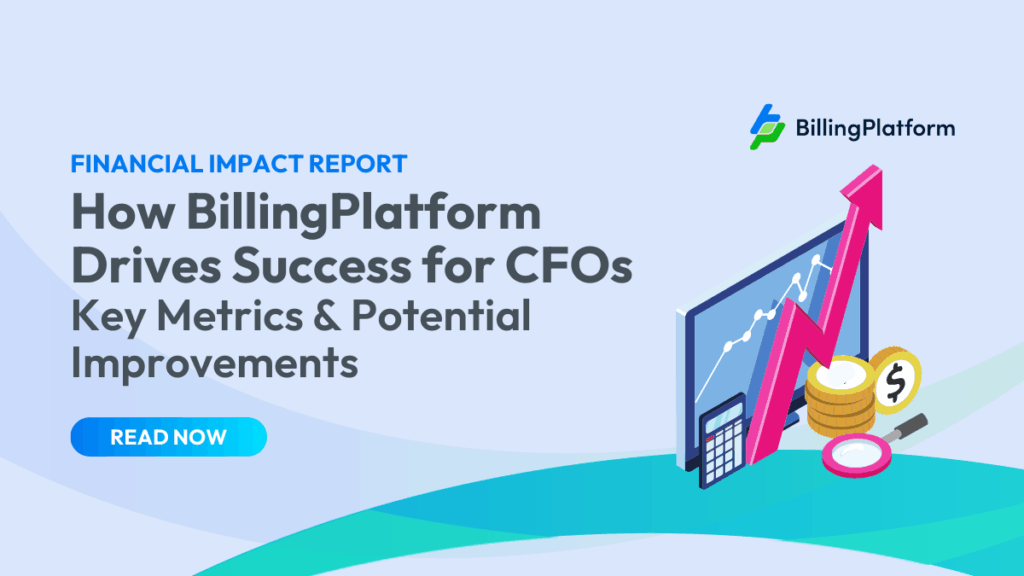While the “as a service” trend seems to have become the norm in the technology sector, it’s impact – and it’s potential – is now being felt across nearly every industry. There is always a new and upcoming digital trend, but some are more accessible and game changing than others. The continued development and adoption of the ‘As a Service’ business model is certainly proving to be transformational.
Major companies like Google, Adobe , Amazon and Salesforce have made their mark with ‘As a Service’ business models. More surprisingly, businesses like Ford Motor Company, which recently purchased Spin scooters, have expanded their offerings to include shared or managed services business models. These new models leverage transformational technology for their success in the shared economy, renting products and services for a short time without the cost of ownership.
Financial reports prove how lucrative these models are for many businesses, and those who have been early to market within their respective industries have reaped significant rewards.
Challenges for Traditional Billing
These initiatives can be seen across multiple markets, such as mobility (Car2Go, Snapcar), consumer appliances (Bundles, Flown) or in fashion (Mudjeans). Finding the right technology platforms to support these evolving trends has been key to the success of some of the newer ‘Product as a Service’ initiatives. It’s one thing to develop a model, it’s another entirely to automate them in a way that is efficient and flexible.
Very few enterprise billing systems can support all of the variables that are being used to monetize these new As a Service models. Next-generation monetization solutions should be more customer-centric, capable of supporting any business model. Rather than forcing your processes to fit within rigid systems, next-generation billing solutions should be configured to support your unique monetization requirements – whether it be subscription, consumption-based, perpetual, or any other billing model.
Is Ownership Outdated?
‘As a Service’ companies are being touted as the way of the future, but why? Forbes recognizes the importance of IT as a Service in their Top Digital Transformation Trends for 2019. With the as-a-Service industry growing, companies are becoming more sophisticated in choosing “a la carte” IT services to fit their needs. This allows for scalability, the latest technology (without the latest tech price tag), shorter procurement cycles, and increased agility.
Technology is allowing for advancement in the ‘Product as a Service’ market; while ‘Buy and Own’ looks more like yesterday’s model. At the heart of the ‘As a Service’ model, you need a billing system that can complement and ensure increased revenue from multiple user- and subscription-reliant models. The billing solution also needs to be able to keep up with user growth and future customer-driven models.
How ‘As a Service’ Continues to Grow
With the ‘Product as a Service’ model, products are used or leased by multiple consumers. The technology giant Philips, for example, looked at how to minimize waste and implemented their offering of Lighting as a service, which has become critical to smart cities across the globe. ‘Lighting as a Service’ is an all-inclusive subscription-based pricing model that makes LED lighting an option for business owners and service managers. This simple model provides cities with a hassle-free approach to their lighting needs with no up-front investment, while Philips enjoys a new, predictable revenue stream.
It’s not just tech giants that are making the move. BMW now operates DriveNow, which is accessed through an app. Users register for the option to choose a car and collect the vehicle with a DriveNow card. When the rental period comes to an end, the vehicle can be dropped off anywhere in the app’s zone. From a customer perspective, DriveNow provides a great option for transportation needs. Why own a car when you can have access to one anywhere on demand? For BMW, this option allows them to compete in rideshare market.
These types of businesses depend on next-gen billing solutions to manage recurring purchases, special offers and upsell options across verticals. The primary function of these solutions is to be able to adapt and change when required, without time constraints. Losing time through implementation can sometimes be the difference between success and failure.
An Exciting Future Ahead
The ‘As a Service’ model will only continue to proliferate across industries. And the moel is working to combine technologies and products to extend their lifecycles and function, which has a green component. Products no longer need to sit idle, wasting opportunities for use. They can be reused by multiple consumers. Environmentally conscious and financially conscious buyers are demanding these types of options. Businesses that are unable to flex to this demand are likely to be left behind.
BillingPlatform offers a unique and tailored platform to meet the needs of your organization. Our software architecture is robust and adaptable meaning that you get the billing system your company truly needs to succeed.
Since the digital economy comes with opportunity and confusion, BillingPlatform put together a 10 Questions Guide for Billing System Vendors. Discover the right questions to ask any billing vendor before taking the transformational leap.
